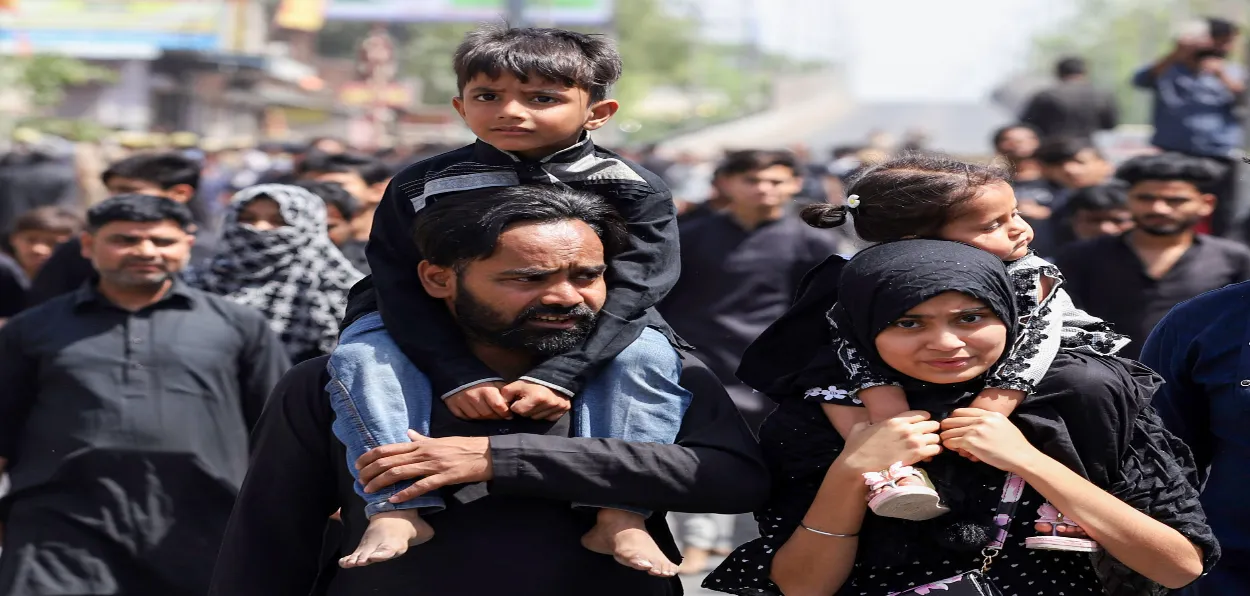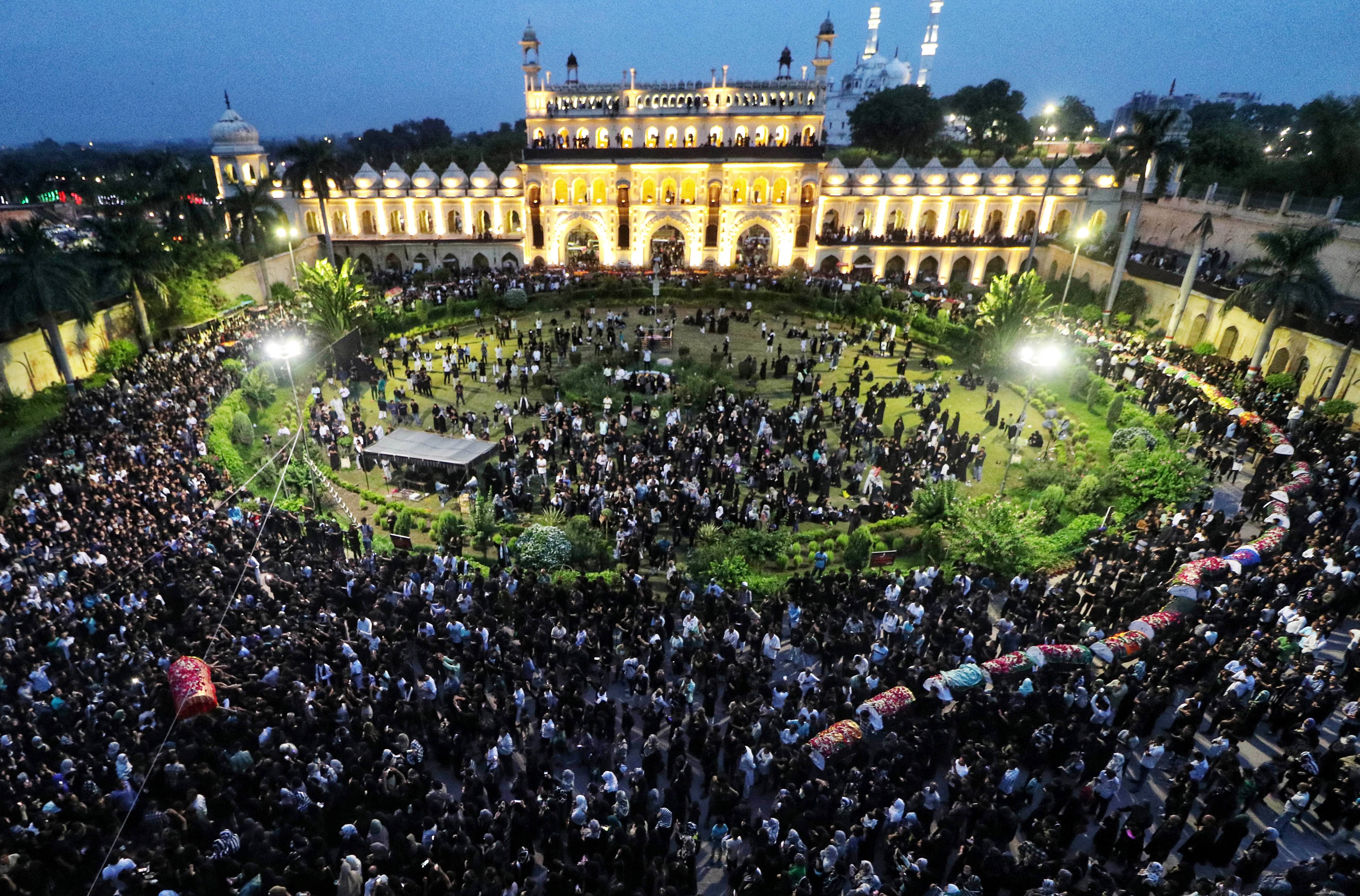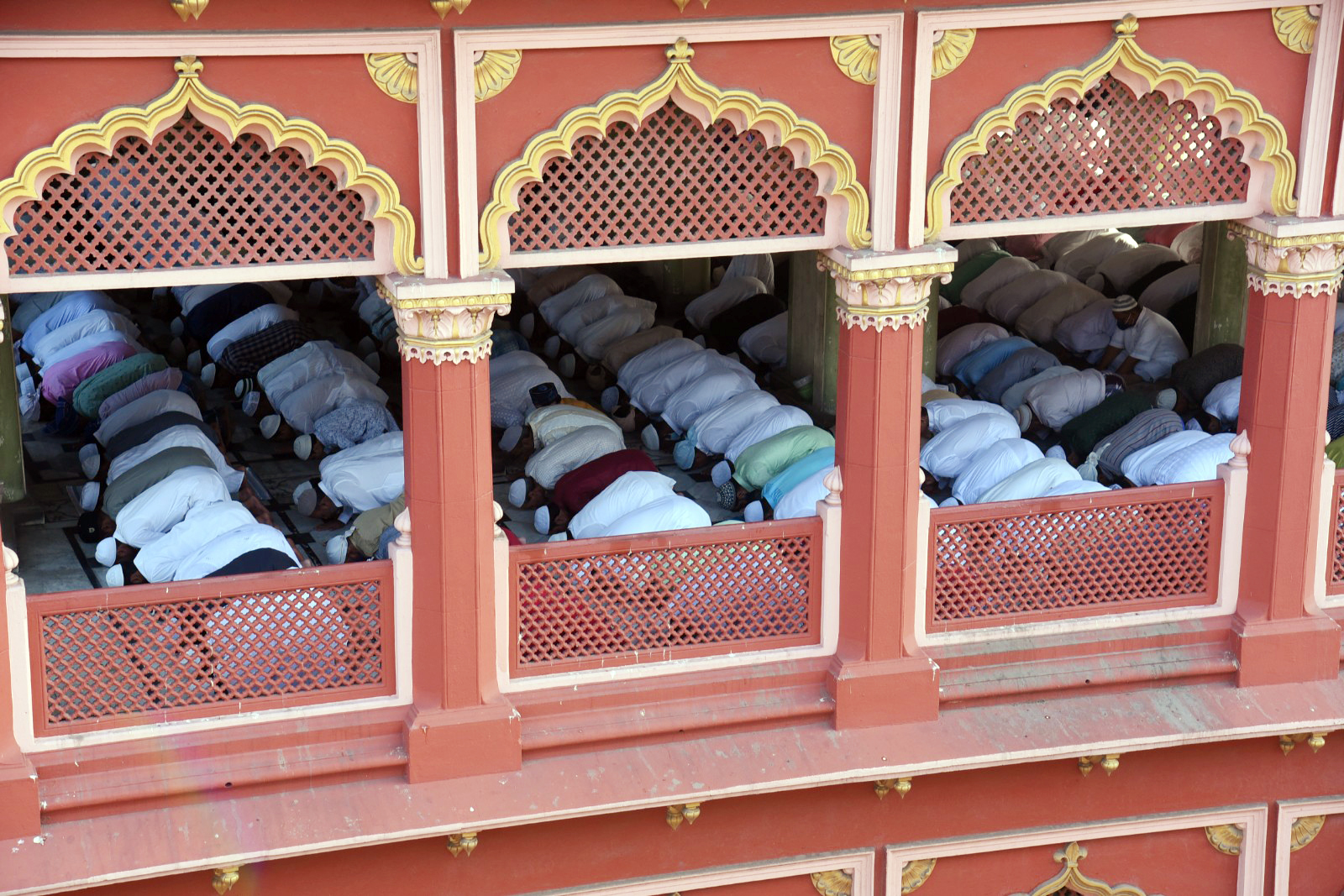
Dr. Ohi Uddin Ahmed
The undivided India, once devoid of Islam and Muslims, today is home to the largest Muslim community with the Bengali Muslims constituting the second largest Muslim ethnic group in the world. How did this happen?
The debates on this mass population have so far caused confusion and misunderstanding and strengthened the claims of the right-wing Hindutva activists on the forcible conversion of Hindus during the Muslim regime.
The Spread of Islam in the Indian subcontinent has been examined under some conventional theories. The first such theory is known as immigration theory. According to this, Muslims of the Indian subcontinent are the descendants of those Muslims who came here during various periods of history from overseas Muslim lands such as Arabia, Turkey, Persia, and so on. This theory was propounded by Khandakar Fuzle Rabbi in his book Haqiqate Musalman-i- Banglah, published in 1895, The Origin of Musalmans of Bengal).
This theory is applicable only in the cases of those insignificant numbers of Muslims who migrated to India from foreign lands, particularly during the Muslim regime. It explains the origin of foreign Muslims and disapproves of the vast majority of indigenous converts.
The second theory claims that the Hindus embraced Islam during the Muslim regime for land grants, higher services, or economic benefits from the rulers. During centuries of Muslim rule in India, such conversion can be counted on the tip of one's fingers.
A section of scholars particularly right-wing Hindus claims that conversion to Islam in India was due to force. Called the theory of ‘blood and sword,’ it explains the Muslim invaders and rulers forcefully converted the Hindus to Islam. The Muslims came to India to convert the Indians to Islam with ‘Qur’an’ in one hand and a sword in another’.

Bara Imambara of Lukcnow during Muharram
Therefore, the indigenous people embraced Islam in the face of brute force for survival. India has been invaded by Muslims several times and ruled by Muslims for centuries. A few such cases of conversion could not be ignored.
Another notable theory of conversion to Islam associated with India is the Holyman theory that credits Sufis for propagating Islam among the masses.
Therefore, the indigenous Indians mostly hailed from the lower order of society and embraced Islam for its message of social equality and universal brotherhood. The Sufis lived among the depressed people and were dedicated to their services. Their shrines became a center of attraction for the masses irrespective of caste and creed. Therefore, millions of people embraced Islam. It is claimed that 90 lakh people embraced Islam under the influence of Khwaja Moin-ud-din Chisty of Ajmeer alone.
The most popular theory propounded by Muslim scholars is ‘social liberation theory. According to it, the Hindus, especially the low castes and untouchables, embraced Islam with the hope of getting rid of social inequality and Brahminical oppression.
This theory is the most appropriate one on conversion to Islam in India.
However, all the above theories have some limitations; none match the geography of the Muslim population in India. For example, the highest conversion in the continent took place in West Punjab and East Bengal and neither in the heartland of Aryan Civilization characterized by the rigid caste system nor in the epicenter of Muslim rule, I.e., North India.
Muslim population in these regions is to date limited compared to East Bengal and West Punjab which experienced the highest numbers of conversions. Muslim rulers penetrated East Bengal rather late and the region experienced a shorter span of Muslim rule, but the region saw the heaviest conversions as compared to mainland India.
Muslim population in central India during the time of Aurangzeb was 4% followed by Rajasthan 9%, Uttar Pradesh, 10%, Delhi 10%, Bihar and Orissa combine 14%. Hyderabad was the largest Muslim state and its Muslim population was hardly 10% yet the majority of them were of foreign descent.
In the light of above, the conventional theories are inadequate to explain the phenomenon. The Sufi activity was a pan-India phenomenon, but conversion remained limited. The sporadic incidence of forced conversion and conversion by political and economic gains were sometimes narrated by Muslim scholars.
The rigid caste system was prevalent in India for centuries with its inhuman form of social inequality and dehumanization of Dalits and untouchables while Islam appeared as a divine illumination with its message of social equality and respect for mankind with its universal ethos.
Therefore, it attracted millions of low-caste Hindu-Buddhist-aborigines degraded by the Brahminical caste system. Again, such arguments are not backed by the geography of the Muslim population in India. A rigorous caste system was prevalent in the heartland of the Aryan Civilization I,e,. North India, but conversion to Islam remained very much limited there.
Conversely, large-scale conversion took place in east Bengal where Aryan culture as well as Muslim invaders penetrated rather lately. The land of Bengal was lightly exposed to Aryan culture due to the presence of a more liberal tribal culture.
The Buddhist rulers in Bengal did not promote Brahminical culture. If the social liberation theory is taken as appropriate, North India should have seen more conversion than East Bengal. The case was reversed.
American Scholar Richard Maxwell Eaton examined the conventional theories of conversion to Islam in India in the context of East Bengal. His monumental work ‘The Rise of Islam and the Bengal Frontier (1206-1776) surfaced in 1994 and dismissed all earlier theories.
Eaton propounded his famous frontier theory in the context of East Bengal. He specified Bengal’s frontiers- political, cultural, and economic. When the Turko-Afghan rulers penetrated the interior of Bengal during the 16th century, a major ecological transformation took place due to the shifting river course resulting in the formation of vast uncultivated fertile land.
 Muslims praying in a historic monument in Jaipur, Rajasthan
Muslims praying in a historic monument in Jaipur, Rajasthan
The Turko-Afghan ruler after their conquest of Bengal ushered an era of massive economic expansion and introduction of agriculture in the hitherto uncultivated forested land in search of state revenue. Therefore, they appointed pioneering men or landlords to introduce agriculture in the forested hinterland; they in turn recruited people of diverse origins to the fold of agriculture. In this process, agrarian village communities emerged capable of paying state revenue.
The medieval Muslim state also granted land for religious establishments such as Khanqahs, Mosques, Shrines, Temples, etc., and lavishly patronized them. These religious institutions transformed the religious orientation of farmers and coming under the influence of Islamic institutions embraced Islam in large numbers. Therefore, the farmers embraced Islam as a religion of plow rather than emancipating ideology through the process of gradual Islamization.
In this process, the economic frontier expanded from forest to farmland; the religious frontier from Islam to non-Islam territory, and the political frontier from Mughal to non-Mughal regions. In the process, two important objectives were served- first creation of an agrarian community capable of paying revenue, and second village community loyal to the state.
Consequently, East Bengal experienced mass conversion to Islam and Bengali Muslims became the second-largest ethnic Muslim group in the world today.
No sword or use of force had played any role in this conversion other than peaceful persuasion.
The right-wing Hindutva scholars uphold the forceful conversion theory, but there is evidence to the contrary. Islam Khan the Mughal General in Bengal suspended one of his subordinate officers for converting the son of a defeated Hindu landlord to Islam in the Bogura district of East Bengal.
The first census conducted in 1871 was surprising with vast numbers of indigenous people embracing Islam was hardly imagined by the colonial administrator. Such a massive conversion was not experienced anywhere in the subcontinent except West Punjab.
Despite the idea of social liberation, there was limited conversion to Islam in the heartland of the Aryan Civilization characterized by the rigid caste system. Islam failed to attract the low castes and Dalit to its fold as a means of social liberation. Its inherent factor lies in the new Muslim social organization- the emergence of similar caste and social discrimination among Muslims.
The neophytes were simply accepted by their co-religionists but not treated as per the principle of Islam. They were treated as per their pre-converted status while foreign Ashraf Muslims claimed superior social status. They had to face severe discrimination by the Muslim ruling class. Hence, Islam ceases to exist as a means of social liberation for the vast majority of the oppressed. This factor extremely limited the pace of conversion to Islam in India.
ALSO READ: Reformer Paigambar Shaikh redefines Eid sacrifice to unite communities
Historically, during the initial phase of Islam, complete Islamization was accomplished when Muslim armies invaded any country. But it did not happen in China and India. Caste and social discrimination were mainly responsible for this.
Dr. Ohi Uddin Ahmed is a teacher, social researcher, and Pasmanda Activist based in Silchar, Assam.
